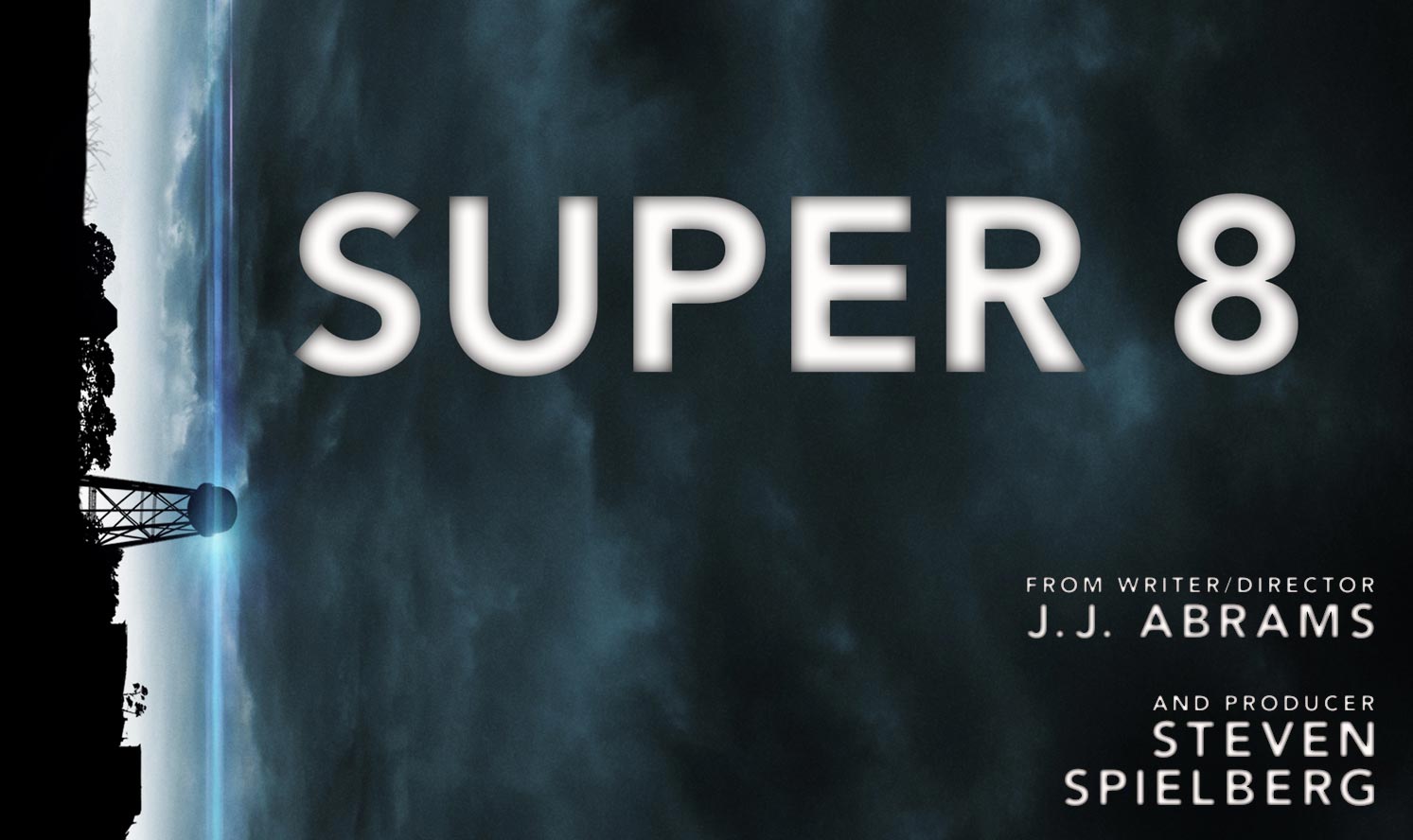Print?
The main characters of the film (Joel Courtney, Kyle Chandler, Amanda Michalka) are on the front of some of the posters

This can make fans and people that are familiar with the characters more eager to watch the film because they can see actors that they are familiar with or who they may like. Another reason why the actors could be on the front of the poster is for people that are not to familiar with the actors more aware of what type of movie it could be about and who are involved in the movie. So the actors on the front of the poster can tell the audience a lot about the film. This poster can be in magazines, newpapers, on buses or billboards. This can represent the audience by involving them and getting them interested in the movie that is going to get released.
Broadcast?
The actors can be represented by broadcast by having interviews on the television or over the radio. Joel Courtney was on MTV Movie Awards so this means he was on the red carpet. Interviews over on television could give the audience a good sense of who they are behind scenes so having interviews about the movie on the television (http://www.youtube.com/watch?v=kWTHM6CzPlc). Also, if there are dedicated movie film reivews like - Film 2011 on BBC 2 with Claudia Winkleman shows how the actors are represented. None of the actors in the movie have had bad publicity but if they did they will be represented on broadcast negatively. However, via DVD the actors are represented on how they behave backstage this always gives the audience a deeper understanding of who the actors are and behind stage clips can really braoden their fan base. The audience are represented with broadcast by the fact that they are able to get a better understanding of the characters.
E Media?
Over E Media, the actors are represented the same as the rest of the other platforms however with E Media, fans/audience can investigate more into the characters and find out some more of their background such as what other movies they've been in and how they started off acting. This type of information can help fans that want to be actors and could inspire them to start the same way they have. E Media is full of inseen interviews etc.. and the way the actors are represented in E Media is purely on how much information fans want to know about the character(s). So E Media can be a place where it can give away too much information, on the other hand it is a good way for fans to keep in touch with the characters over social networking sites. For Example (@Joel_Courtney). Social networking sites are a good way to represent themselves as they have an opportunity to talk to someone they like.
--
Now think of how the film communicates with audiences across the 3 platforms (?)


